The Bentall Memorial serves as a reminder of the ever present need to improve safety in the construction industry, said Lee Loftus, former president of the BC Building Trades.
“To me, it means that the issue is still alive, that construction is still dangerous,” Loftus said at the memorial organized by the BC Building Trades on Jan. 6 in downtown Vancouver.
“People acknowledge that. It allows us to remember that tragic afternoon and reminds us that there’s work to be done.”
On Jan. 7, 1981, a fly form on the then under-construction Bentall building collapsed. Carpenters Gunther Couvreux, Brian Stevenson, Donald Davis and Yrjo Mitrunen fell 36 floors to their deaths.
More than four decades later, the tragedy serves as an annual reminder of the constant dangers in construction. But for family members, it is a reminder of the ones they lost.
“After this accident, a lot of positive change did occur. Regulations were strengthened and a whole lot of sweeping changes did occur,” said Mike Davis, son of Donald Davis, in an interview with the Journal of Commerce, “I think he would have been definitely happy about that.
“But, obviously, he wouldn’t want it to be triggered by what he and his family has gone through. He wouldn’t have wanted us to be separated,” Davis said.
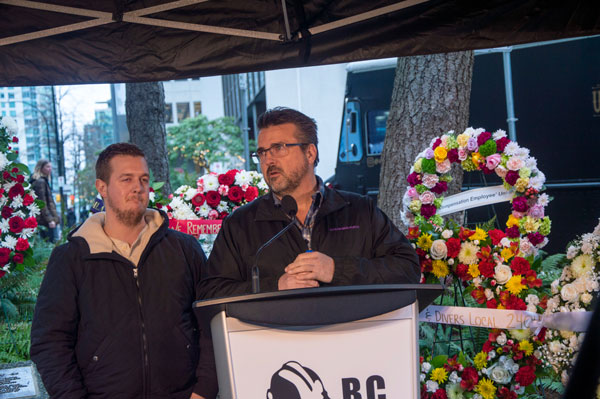
Bruce Stevenson’s little brother Brian was only 21 when the fly form collapsed underneath him.
As the youngest in the family, Brian was able to get away with a lot more than older brother Bruce was.
“We got all the heck, he got all the glory,” Stevenson said with a laugh, “He was a real outgoing guy.”
He recalled his brother’s natural athleticism. He was a competitive sprinter.
“He didn’t have to train but he went to the Edmonton Commonwealth Games and he was ready to break some records,” said Stevenson.
“Unfortunately, when he was there he pulled a muscle and was laid out and it was over for him.”
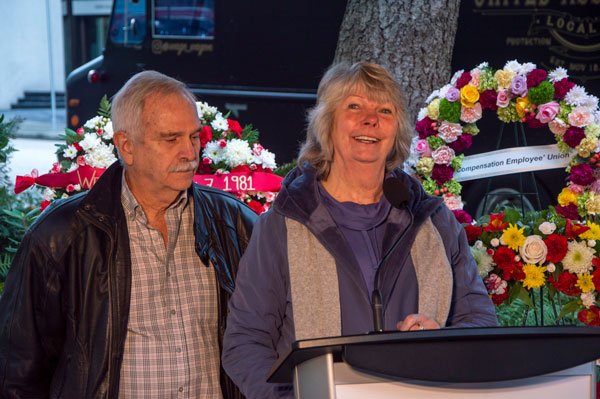
But the Kitsilano native left his own sporting legend in the neighbourhood where he grew up.
“He held records at Kitsilano High School,” said Stevenson.
Loftus said one the most dangerous threats to a construction worker’s safety is complacency.
“If you think about the reports and the commissions that arose out of this terrible tragedy, we made changes to scaffolding, we made changes to formwork, we made changes to health and safety programs, we made all kinds of changes,” said Loftus.
“And we’ve become too comfortable with those changes.”
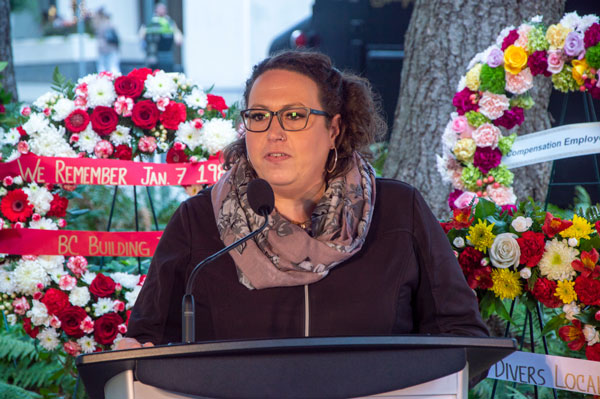
Last year alone, at least 30 construction workers died in B.C., said Brynn Bourke, executive director of BC Building Trades.
“This reminds me every year that we need to go back and talk about the effectiveness of health and safety, communications in the workplace, ensuring that the systems that we’re using and the designs are compatible,” said Loftus.
“Not like what happened here,” he said, looking up at the Bentall building behind the memorial.
“The design and the systems in place were put together and were not compatible. That’s why the fly form came off the top. So, we need to make sure we’re still doing the right stuff.”
Anything that can be done to improve safety must be prioritized by industry leaders.
“I don’t want to be standing in another memorial. I don’t want to be standing in front of another coffin. I don’t want to be sitting in front of another family telling them their loved ones are gone because we haven’t done our work,” he said.
Bourke lamented the continued loss of life in the industry.
“Since the Bentall disaster we have lost 1,141 construction workers. Last year 30 workers died in construction. That’s 30 more families who lost a loved one,” she said.
“The year before that it was 20 and the year before that 30 and before that 27. There is a horrible, predictable pattern to the number of fatalities in the construction industry.”
But Bourke highlighted the fact that steps are continuously being taken, large and small, to improve worker safety.
“I want to bring a bit of hope today because last year our government introduced legislation requiring the licensing of asbestos abatement contracts and mandating training for all workers performing asbestos abatement work,” she said, “and we are the first jurisdiction in North America to do so.
“So, while I imagine that I will sadly stand in front of you next year and we will talk about 30 deaths in the construction industry, I feel like we are turning a page, ever so slowly.”
Follow the author on Twitter @JOC_Evan.


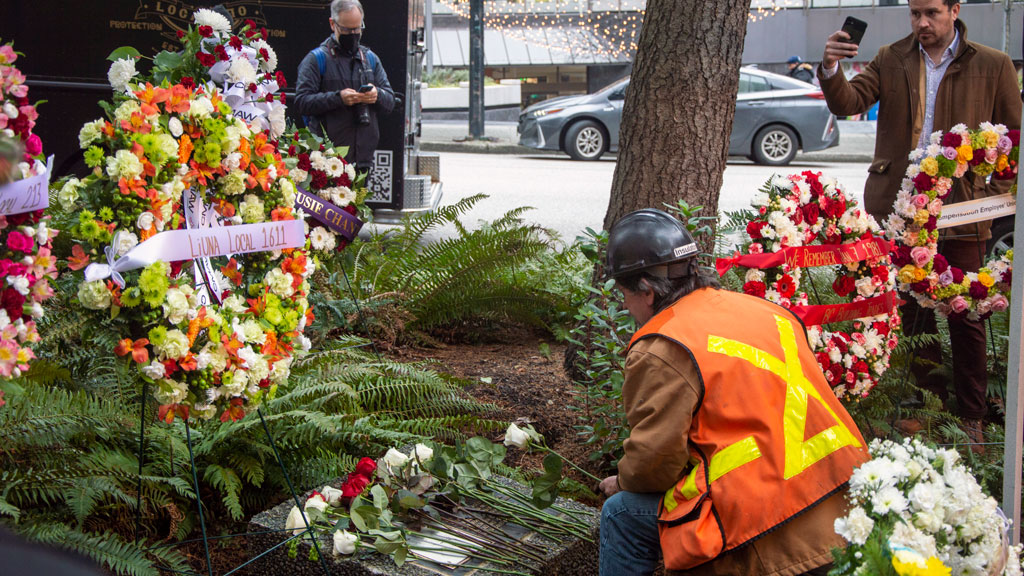
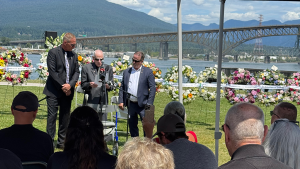

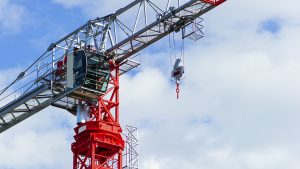




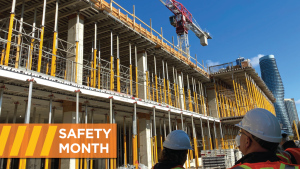
Recent Comments